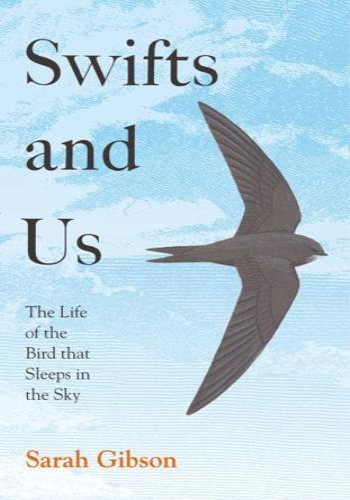Swifts live almost entirely in the air. They eat, drink, sleep, mate and gather their nesting materials on the wing, fly thousands of miles across the world, navigating their way around storms, never lighting on tree, cliff or ground, until they return home with the summer.
Sarah Gibson has written a fascinating story of discovery, exploring what is known about these mysterious birds, their ancient ancestry and how they have been regarded through history. But the swifts are in real danger: often unintentionally, we are sealing our homes against wildlife of any kind. Cracks, gaps and crevices which for thousands of years have offered nesting space in buildings, are being closed off, while new housing rarely offers entry holes for nesting birds. Loss of breeding places is considered to be a significant factor in the steep decline of these birds over the last twenty years.
Thankfully, there are people in the UK and across Europe striving to ensure a future for swifts. Their actions and stories are woven into the narrative, demonstrating how change is brought about by passionate, determined individuals, whose actions show that everyone can do something to keep these superb birds screaming through our skies.







